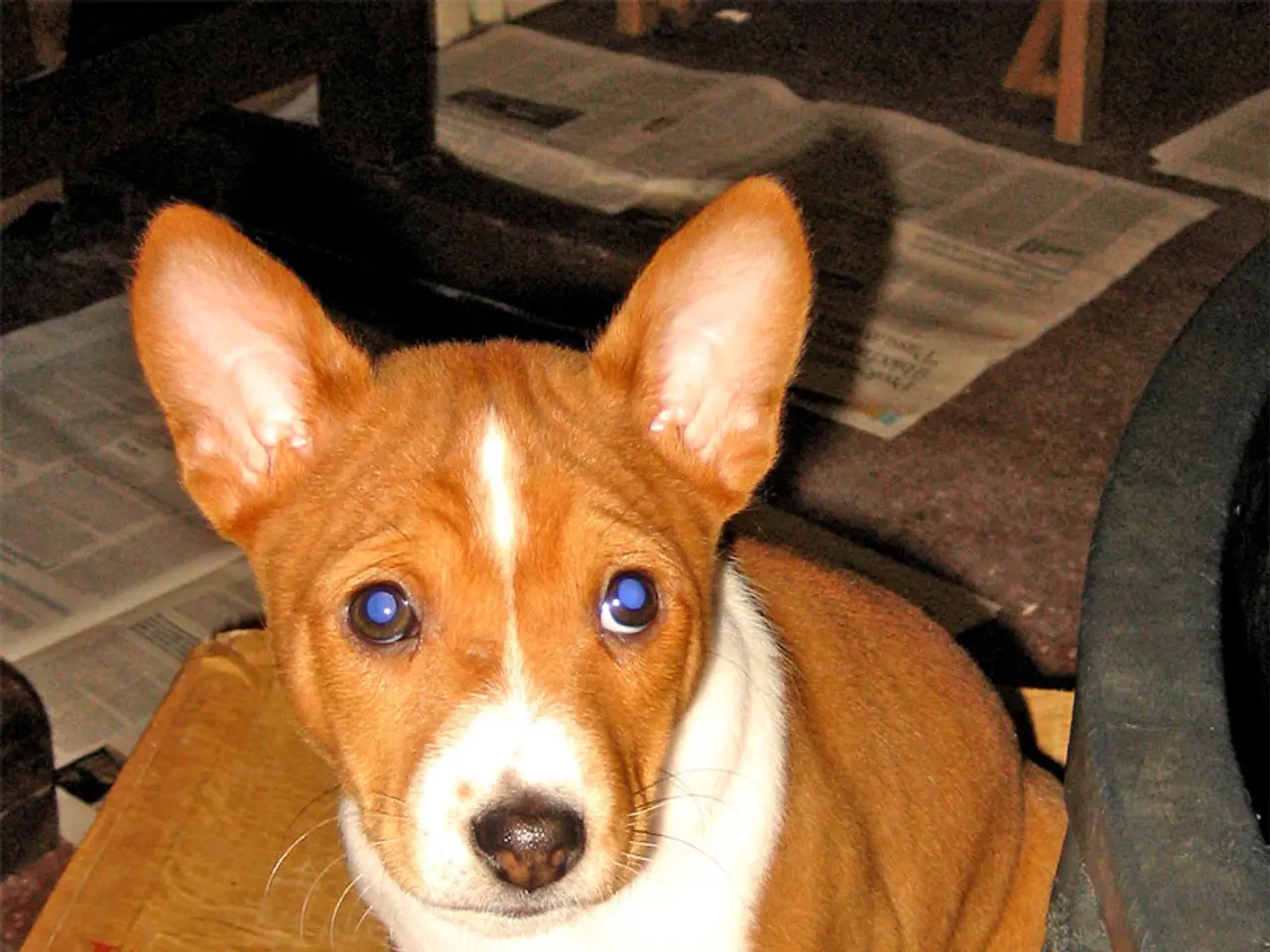Lung PET Scan: A Vital Tool in Lung Cancer Detection and Staging
A lung PET scan, a crucial tool in detecting and staging lung cancer, involves injecting a radioactive glucose tracer into the body. The scan, lasting around 20 to 30 minutes, requires the patient to lie still on a table that slides into a tunnel-shaped scanner.
Before the scan, patients are injected with Fluorodeoxyglucose (FDG), a glucose analog labeled with the radioactive isotope Fluorine-18 (F-18). This substance accumulates in cancer cells due to their high glucose metabolism. During the exam, the scanner detects the radiation emitted by the tracer, creating detailed images of the body's functions.
A lung PET scan is often combined with a lung CT scan, a process known as image fusion. This combination helps detect conditions like lung cancer more accurately. The scan is used to stage lung cancer, assigning a stage between 0 and 4 based on the size, location, and spread of the tumor. This staging helps predict the outlook and determine the best course of treatment.
To ensure accurate results, patients are asked to fast for several hours before the scan. The lung PET scan, with its ability to detect differences in body functions at the molecular level, plays a vital role in lung cancer diagnosis and treatment planning.
Read also:
- Inadequate supply of accessible housing overlooks London's disabled community
- Strange discovery in EU: Rabbits found with unusual appendages resembling tentacles on their heads
- Duration of a Travelling Blood Clot: Time Scale Explained
- Fainting versus Seizures: Overlaps, Distinctions, and Proper Responses






